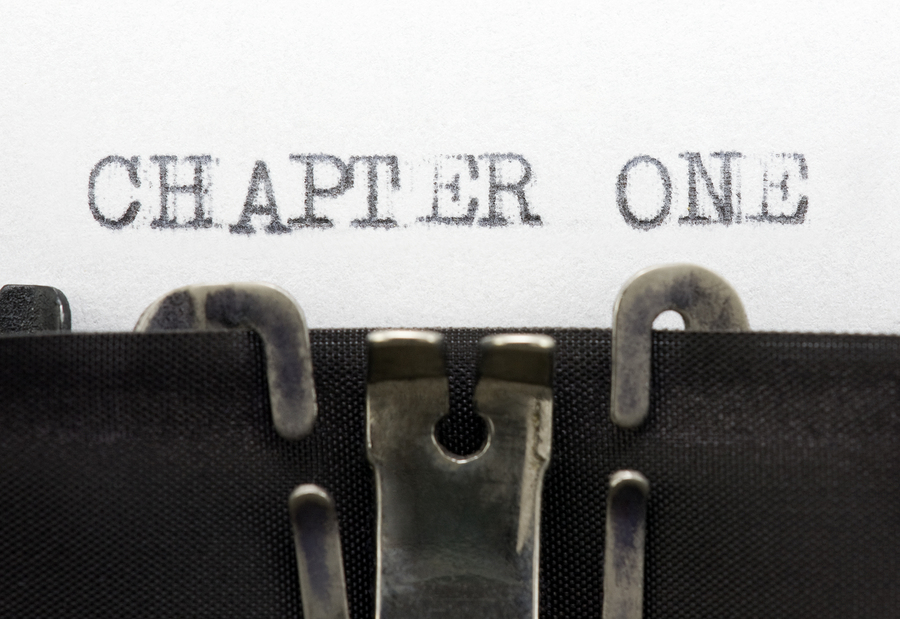villain \ˈvi-lən\: a character in a story or play who opposes the hero
 Gilmar: I love villains. A good villain can elevate a story to a whole other level. And while I love the Darth Vaders, Hans Grubers and Hannibal Lectors of the world, I really love the villain who emerges from the shadows of a story to surprise you. The Keyser Sözes. The Norman Bates.
Gilmar: I love villains. A good villain can elevate a story to a whole other level. And while I love the Darth Vaders, Hans Grubers and Hannibal Lectors of the world, I really love the villain who emerges from the shadows of a story to surprise you. The Keyser Sözes. The Norman Bates.
The Joe Foxes.
Joe Fox, the lovable, charming love interest played by Tom Hanks in the film You’ve Got Mail, is the most devious of villains. He sets out to simultaneously woo and destroy the heroine of the story—and succeeds.
For those who don’t remember the story, Meg Ryan plays Kathleen Kelly, the owner of a children’s bookstore. She is romantically involved with a man named Frank and is trying desperately to keep her store from closing because of a mega-chain bookstore, Fox & Sons.
Joe is one of the sons of Fox & Sons, as well as her online, anonymous paramour. He stands in the way of everything Kathleen wants—professionally and personally. When Joe discovers that Kathleen is also his secret online romance, he keeps it to himself. While their business rivalry continues, he uses his alter ego to toy with her. As her relationship with Frank dissolves, as her business collapses, and as she rails without success against Fox & Sons, Joe manipulates her into falling in love with him.
Yet, what’s really twisted is the end. With her life in shambles, and left a shell of her former self, Kathleen realizes the truth about Joe. Unfortunately, she lacks the strength or conviction to resist him. She falls in love with the man who ruined her.
How screwed up is that?
That’s awesome villainy.
Mischa: I only know one great villain, one truly blood-curdling entity. A thing so monstrous it makes Freddy Krueger look like Bambi and makes me tremble every time I encounter it. I’m talking, naturally, about the Doubt Monster, which attacks every time I write.
I have an idea, and the Doubt Monster cackles from the depths of its lair.
I write a line, and the Doubt Monster slithers out of the shadows to scoff.
I give up and run, and there’s the Doubt Monster waiting for me around the bend, ridiculing my paltry attempt to get away.
There is no escape!
But write I must, and the Doubt Monster is standing in my way.
So I take a deep breath, unsheathe an imaginary machete, and dive headlong into battle.
Slash! The Doubt Monster becomes an obstacle in my hero’s path.
Slice! The Doubt Monster becomes a challenge my hero must overcome.
Chop! The Doubt Monster becomes a fantastic antagonist, certain to help my hero grow.
The trick to overcoming the Doubt Monster is to ensnare it in your writing, a little like General Zod et al. becoming ensnared in the Phantom Zone. All the doubts, concerns, and anxiety felt by the writer can be translated into strong sources of conflict for your hero. We all know that for heroes to grow they must encounter great challenges and setbacks. Like in life, we don’t grow unless faced with adversity. So entrap the Doubt Monster on the page in the form of conflict, that most essential of writing ingredients.
At least, that’s how I’d like it to pan out. And sometimes it does. At other times, though, it’s all I can do to cower in the corner, my machete feeling more like a toothpick, and make the occasional stab at my most deplored of villains.
But at least I keep fighting!
Victoria: The best villains are those who make us like them, just a little. They give us some internal conflict because we see them as real human beings who went ‘bad.’
It’s easy to hate a villain who has no humanity within him like the faceless Michael Myers in Halloween. However, if we see a villain having a vulnerable moment, if we get a glimpse of the humanity within him, the whole story meets us at a different level.
“If he’s human, I could be like him.”
Which makes audiences wonder what happened to him to make him the way he is. Was he abused? How did he learn that his type of behavior is ok? What made him this way?
All you need to do as a writer is find that one moment where he shows vulnerability and give us a glimpse of it. Other characters don’t have to see it– it can be a private moment.
Maybe he has a soft spot for squirrels, feeding them nuts in the park and looking after them. Maybe he drops some cash into a homeless man’s cup. Or holds a door for an elderly woman and picks up an item she dropped.
When a villain is a caricature, it serves a purpose and gives the hero something to go up against. But when a villain is more like a hero gone bad, then the theme of good vs. evil takes on a whole new level for us. Want great examples of this, watch any Hitchcock film, especially Shadow of a Doubt.
By Creative Cartel, a group of contributing bloggers for JenningsWire.





